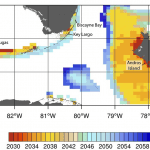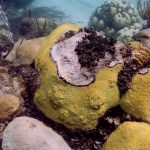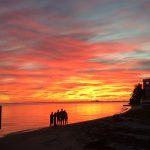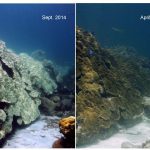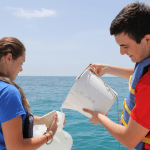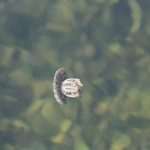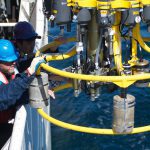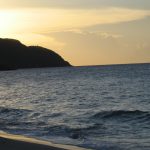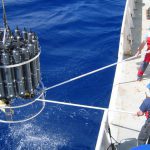How AOML Coral Scientists Create Bespoke Instrumentation with 3D Printing Technology
Scientists at NOAA’s Atlantic Oceanographic and Meteorological Laboratory (AOML) have taken a visionary approach to answering some of our most pressing questions about coral reef health by stepping outside of science and embracing new technology to engineer in-house solutions for studying water chemistry on coral reefs.
We often forget that ocean water is its own environment, providing conditions for the habitat of the coral reefs to thrive and become favorable. Salt is not the only thing in seawater; it contains dissolved chemicals and compounds at varying degrees that cycle nutrients for marine life. It also has a shifting pH and temperature, and is constantly changing. These changing conditions present their own challenges and advantages for coral reefs as the tides ebb and flow. Coral research requires intense study of the water chemistry around it, but the water conditions on a coral reef are constantly changing. Coral researchers know these changes can be significant over time and space, effecting the growth and health of corals and other marine life. To find out how that variability affects the corals, scientists need to be able to sample the seawater at higher frequencies and over finer spatial scales, but time and cost often prevent them from being able to do so.
Researchers at AOML have utilized technology from our Advanced Manufacturing and Design Lab to create a new marine research tool that collects automated water samples and temperature at a predetermined date and time. This allows NOAA’s scientists to deploy multiple samplers on the reef and collect them later for in-lab analysis of the water chemistry at different points across a site, or at different times within one area. Using these Subsurface Automated Samplers (SAS) makes fieldwork more efficient and gives scientists the ability to study water chemistry on coral reefs at that finer spatial and temporal scale.
Nathan Formel, scientist on the project said “Time and cost are typically the biggest obstacles to collecting a large number of water samples, and both are removed by using a sampler which can be programmed and deployed in advance, collected as time allows, and costs only a fraction of the price for existing samplers.”
The idea, envisioned by NOAA researcher Dr. Ian Enochs, was made possible due to the technology in AOML’s Advanced Manufacturing and Design Lab. The lab boasts state-of-the-art equipment that allows the creation of virtually any scientific instrument from idea to prototype to proof of concept and field testing. First, the object is virtually created and assembled using standard CAD software, then it is sent to the 3D printers for production. Once the objects are made, they are assembled and tested in underwater conditions (like an in-house pressurized water chamber). The Advanced Manufacturing and Design lab also has the necessary equipment to create the circuitry for these tools, which is also designed and then programed by the scientists (many of whom taught themselves to code). Extensive field testing allows proof of concept, after which the instruments can be placed in the field for research purposes to collect data. With SAS collected water samples researchers can determine how dissolved inorganic carbon, total alkalinity, and ocean acidity changes over space and time. This dataset will provide an unprecedented time-series for ocean acidification at a scale.
AOML uses this technology to achieve research goals, but are also committed to making this science accessible and open source. Detailed directions for building and using the SAS, as well as related lesson plans and presentations, are available to everyone online, whether you are an engineer looking to utilize and improve on the design, a marine scientist studying water chemistry, or a high school student learning about ocean acidification and the tools used to study it. To access these directions and learn more about the SAS visit: www.coral.noaa.gov/accrete/sas
